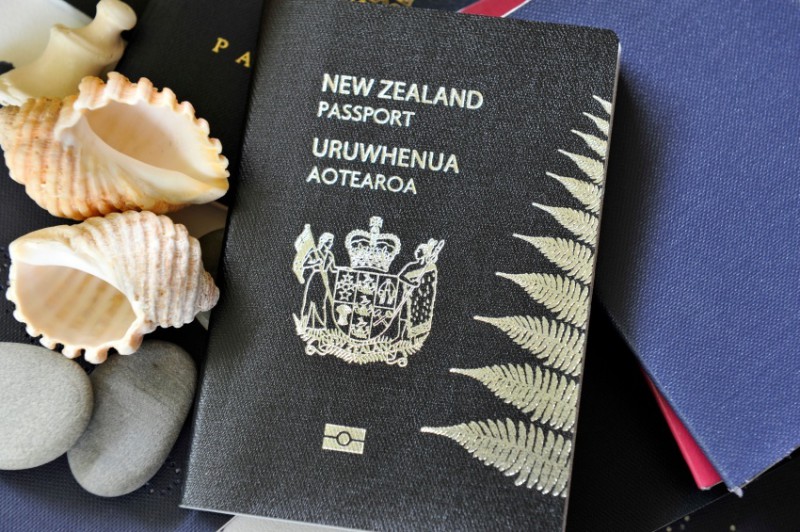
If you’re a Kiwi dreaming of wandering through Hanoi’s Old Quarter, exploring the limestone peaks of Ha Long Bay, or sipping Vietnamese coffee in Da Nang, getting your visa sorted should be your first step. The Vietnam electronic visa makes the process much easier, but there’s one crucial detail many New Zealanders overlook — the visa’s validity period. Misunderstanding when your eVisa starts and ends can lead to unexpected fines, denied entry, or even future travel bans. This guide breaks down everything you need to know about the Vietnam electronic visa validity for New Zealanders, so your trip goes smoothly from start to finish.
For New Zealand citizens visiting Vietnam, understanding the visa validity period is essential to avoid problems upon arrival or departure. Many travellers assume their visa automatically lasts 90 days from the day they land, but that’s not how the Vietnam electronic visa system works.
The eVisa validity period is fixed — it starts and ends on the dates you specify during the online application. For example, if you enter “10 January” as your start date and “10 April” as your end date, those are your official visa dates, no matter when you actually arrive. Even if your flight is delayed or you choose to arrive later, your visa will still expire on 10 April.
This rule may seem simple, but it’s a common source of confusion among New Zealand travellers. Once approved, your visa validity can’t be changed or extended online, so it’s important to double-check your travel dates before applying. Planning carefully ensures that your stay in Vietnam remains fully compliant with immigration laws.
Vietnam’s electronic visa allows New Zealanders to stay in the country for up to 90 days (three months). During the online application process, travellers can select either a single-entry or multiple-entry eVisa, depending on their travel plans.
When you apply, you’ll be asked to enter both an “arrival date” and a “departure date.” Your visa’s validity is calculated strictly between those two dates — not from your actual entry day. So, if your visa is valid from 1 March to 30 May, you can enter at any point during that time, but you must leave before midnight on 30 May.
Many New Zealanders mistakenly believe their 90-day visa means 90 days from when they land in Vietnam, but that’s incorrect. The visa’s duration is pre-set based on your application details. This makes it crucial to plan your itinerary around those specific dates to avoid overstaying or needing a new visa prematurely.

When applying for your Vietnam electronic visa, you’ll have two main options: single-entry or multiple-entry. While both are valid for a maximum of 90 days, they offer different levels of flexibility depending on your travel style.
A single-entry visa allows you to enter Vietnam once and stay until the visa expires. If you leave the country — even just for a quick side trip to Cambodia or Thailand — your visa will become invalid, and you’ll need to apply for a new one. This option suits New Zealanders who plan to explore only Vietnam on their trip.
A multiple-entry visa, on the other hand, lets you come and go as often as you like within the visa’s validity period. This is perfect for New Zealanders planning a wider Southeast Asian journey, such as visiting Laos or Singapore and then returning to Vietnam. However, it’s important to note that the expiry date still applies — multiple entry doesn’t mean extended time.
Choosing the right visa type from the start ensures your travel plans remain flexible without risking complications at the border.
Currently, Vietnam does not allow eVisa extensions while you’re in the country. Once your visa expires, you must leave Vietnam and reapply for a new visa if you plan to return.
There are rare exceptions, such as in cases of serious illness or unforeseen travel disruptions, where the Vietnam Immigration Department may grant a temporary extension. However, these are considered on a case-by-case basis and are not guaranteed.
For most New Zealand travellers, the simplest way to extend your stay is by doing a short trip to a neighbouring country — for instance, a quick flight to Bangkok or Phnom Penh — and then applying for a new eVisa before re-entering Vietnam. To make things easier, https://www.vietnamimmigration.com/apply-vietnam-visa/ offers quick and verified visa services for New Zealanders, providing 24/7 customer support, guaranteed approvals, and fast processing within 2–8 hours.

Overstaying your Vietnam electronic visa is a serious immigration offence. Even if you overstay by just one day, you can be fined anywhere from 500,000 Vietnamese dong (around NZ$35) to several million dong, depending on how long you’ve overstayed.
If the overstay is significant, you might face additional penalties such as being blacklisted or temporarily banned from re-entering Vietnam. Airlines may also deny boarding if your overstay isn’t properly resolved.
The best way to avoid such issues is to check your visa’s “valid until” date regularly and plan to leave Vietnam at least a few days before it expires. If you find yourself in a situation where you might overstay, contact the nearest Immigration Office immediately for guidance.
By planning carefully and understanding your visa’s validity rules, New Zealanders can enjoy an unforgettable journey through Vietnam’s breathtaking landscapes, rich culture, and warm hospitality without any travel stress.
For New Zealand travellers, understanding the Vietnam electronic visa validity is key to a seamless and hassle-free trip. Knowing exactly when your visa starts and ends, as well as the rules around extensions and re-entry, will help you travel with confidence.
When you’re ready to apply, VietnamImmigration.com provides professional visa assistance specifically designed for New Zealanders — offering fast approvals, simple processing, and full support every step of the way.

